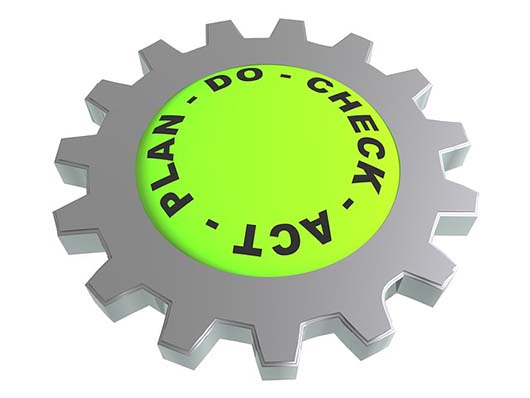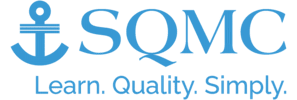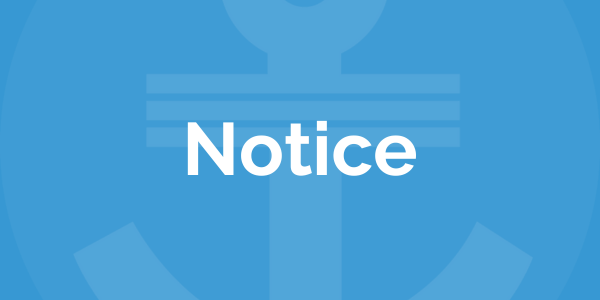ISO 9001:2015 - 5 Key Changes You Need to Know About!
 Communications
·
3 minute read
Communications
·
3 minute read
SQMC's own Quality Manager, Karen MacKenzie, sums up the key changes between ISO 9001:2008 and ISO 9001:2015. Part 1 (of 2).
1. The adoption of a common structure and terminology which will now appear in all management systems
This is the key issue approved in the famous and much talked about Annex SL. Annex SL is linked to ISO Directives which define basic procedures which inform technical committees in their development work of International Standards, but what does it mean? It means it provides a high level structure to enhance the consistency and alignment of ISO MSS (Management System Standards) with identical core text and common terms and core definitions so that the compatibility of management systems are enhanced. The result of this is that all International Standards will now have a common generic core making it easier to combine and integrate management systems and should therefore enhance integrated management systems (IMS) instead of them being a chore to bring together.
2. The development and emphasis on the general requirements of a management system and the process approach
Section 4.1 in ISO 9001:2008 is so often overlooked and yet so fundamental to the development, implementation, management, maintenance and improvement of a quality management system. At SQMC, we recognised many years ago the need to set the standard and its implications in an organisational context (2015 version Clause 4.1), and in the context of business activities and this has long been a key feature of our training courses and of our consultancy practise. SQMC have, from the earliest time of working with the International Standards, embraced and proselytised the process approach, (“the process approach enables an organisation to plan its processes and their interactions” – Page vi – 2015 version) which is firmly at the heart of the new standard structure. The standard works for all organisations but it has to be customised to each and every company’s strategic and operational activities and this is made very clear now.
3. The increased emphasis on Management Responsibility
A quick glance at Clause 5 of ISO 9001:2008 leaves one in no doubt that there are a plethora of responsibilities that lie with top management. Every sub section of Clause 5 begins with the 3 words ‘top management shall….’ And this is enhanced in the 2015 version – if management are responsible then management will explain and evidence how they carry out their responsibilities, and not side-line QA, which is a strategic function, to the outer regions of the organisation. In the 2015 version, the responsibilities are seen to be in 2 areas – Leadership – which to be fair was always inherent in the standard, within the underlying Management Principle, No 2 – Leadership:
“Leaders establish unity of purpose and direction of the organisation. They should create and maintain the internal environment in which people can become fully involved in achieving the organisation's objectives”.
The second area is in the Planning of the quality management system, which is an integral part of the P-D-C-A (Plan→Do→Check→Act cycle) on which the system is predicated, with Management Review under the Performance Evaluation (Check→Act) section of the 2015 version. In the 2015 version page vi states, “the PDCA cycle enables an organisation to ensure that its processes are adequately resourced and managed and that opportunities for improvement are determined and acted on”.

4. The augmentation of the resource management requirements
The Clause 6.1 (a + b) in ISO 9001:2008 was very brief in its statement of requirements for resourcing the management system and resourcing the organisation’s operational activities to enhance customer satisfaction and this has been addressed in 7.1 of the 2015 version. In relation to resourcing the management system the 2015 standard now addresses, constraints on the system, what is required from external providers, HR requirements, infrastructure and more specifically than in the 2008 version the environment for the operation of processes to achieve conformity of products and services.
5. The clarification of services
Within ISO 9001:2008 it was made clear that where you saw and read ‘products’ you were to regard that as including ‘services’. However, since the standard focused on referring only to product and production it is true that conceptually it was challenging for many to constantly change that in their mind to service(s); now the standard clearly states products and services.



